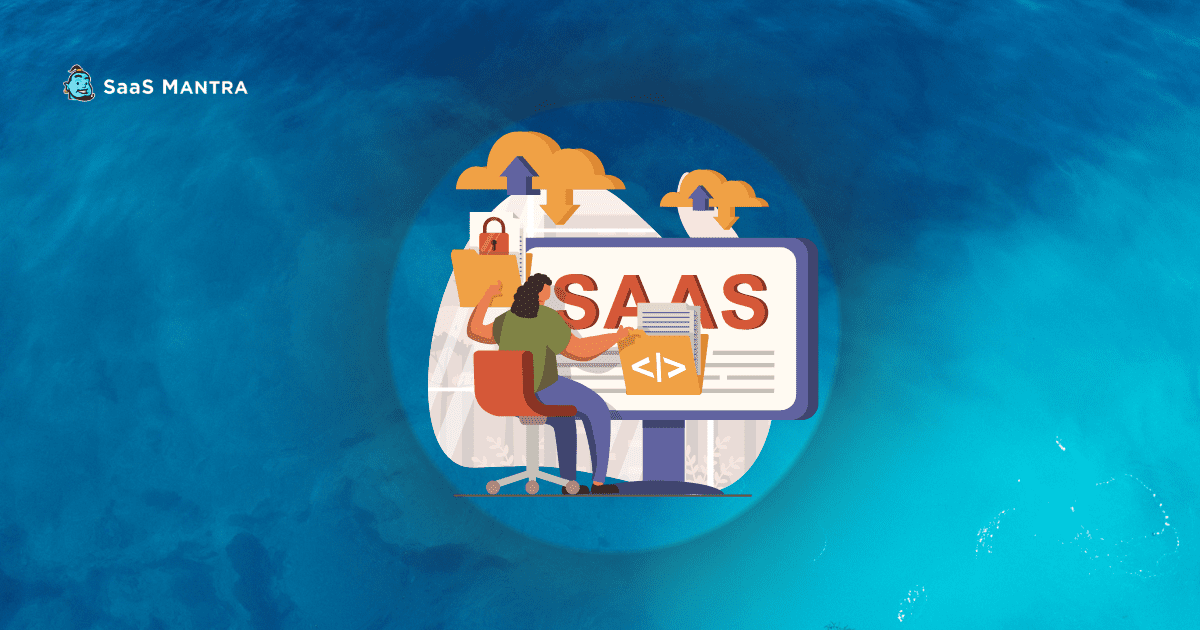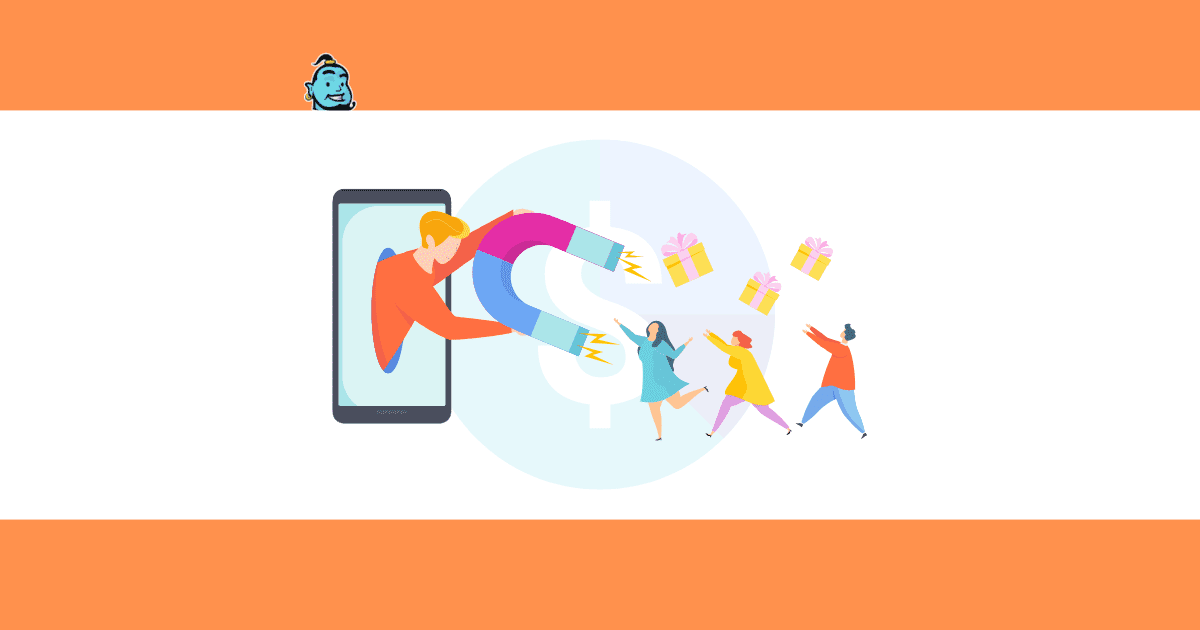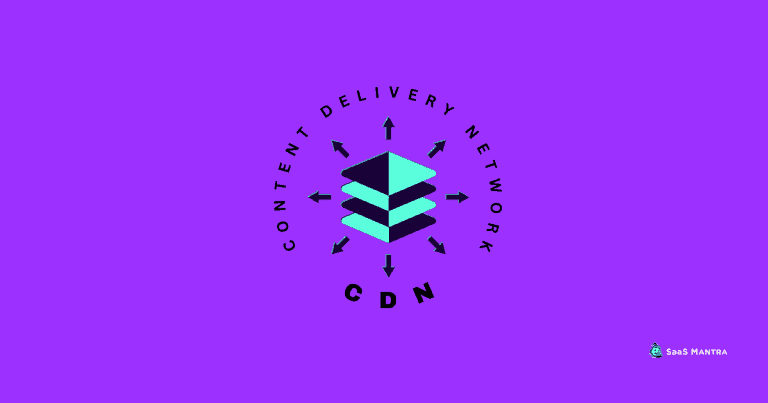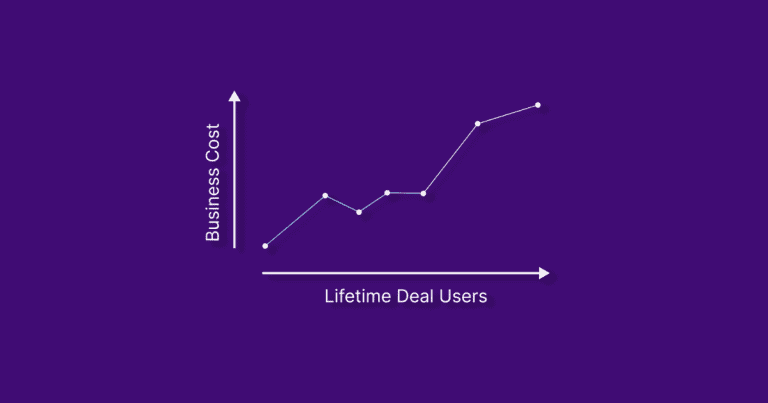5 Steps Every Startup Founder Must Follow For a Successful SaaS Product Development!
At the heart of every successful startup lies an innovative idea for a product or service.
A strong understanding of the outcome customers want, and how they currently get it, is essential for you to succeed in product development.
–Des Traynor
Product development involves defining problems, designing solutions, creating prototypes and testing those solutions on real users.
These processes also require good customer focus. If you want to develop successful SaaS product, then you must clearly define your customer’s pain points and challenges.
Here are 5️⃣ steps every Startup founder must know about successful SaaS product development👇
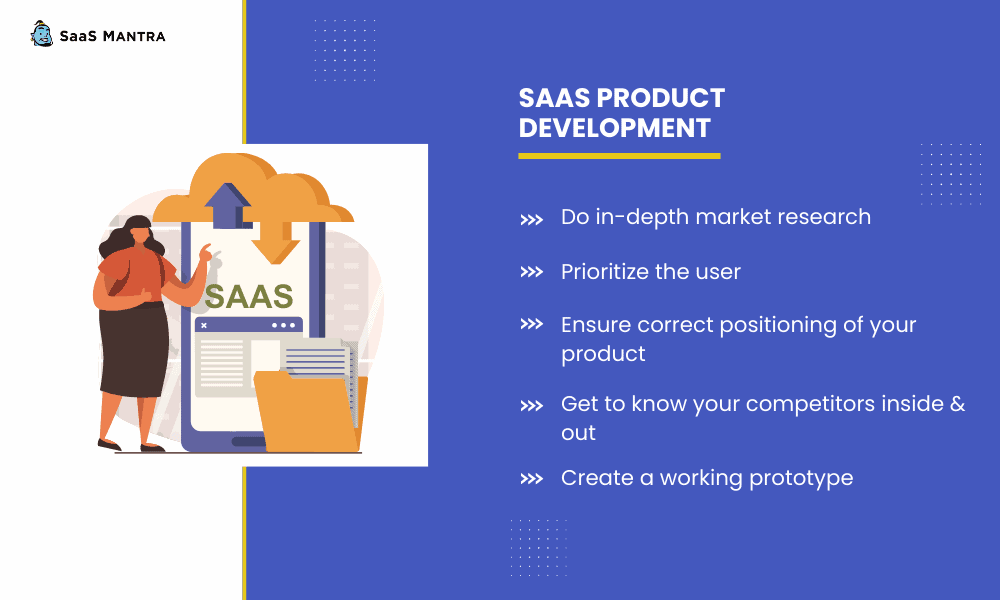
1. Do In-Depth Market Research
Market research involves gathering information from prospective customers. This could include anything from interviews with potential buyers to focus groups and surveys.
The goal of market research is to generate ideas and insights that can guide decisions and shape strategies.
There are various types of market research techniques such as primary research, secondary research, and competitive analysis. Each has its benefits and drawbacks.
A successful product development project requires meticulous preparation. If you want to create a unique SaaS product, you’ll likely need to invest significant time and resources upfront.
2. Prioritize the User
For a SaaS startup, it’s important to focus on prioritizing the user experience (UX) because it’s what matters.
As a result, you can develop better products and services. In addition, it’s also possible to achieve higher revenues with fewer resources.
The best way to acquire new customers is to make your current customers excited and happy about your products.
–Mikkel Svane
When developing a SaaS product, you should always consider the customer experience. By understanding why someone would want to purchase your product and what benefits he/she expects, you’ll be able to create a better product.
3. Ensure Correct Positioning of Your Product
When building a software service, having a clear understanding of who your customers are and where they fit into your value chain is vital.
This helps you create a roadmap for your product or service from start to finish.
The key questions to ask yourself include these 👇
These questions should guide your thinking throughout the entire lifecycle of your product.
4. Get to Know Your Competitors Inside and Out
Which competitor would you like to get to know better? Start by looking at their company culture, customer base, and growth potential.
Once you have got an idea of who they are, start asking questions to gain insight into their goals, marketing strategy, and competitive advantages.
Find out what makes them unique, and where you can add value. This way, you will be able to build a successful relationship with them.
Businesses spend millions of dollars each year competing against each other for customers.
To win over new customers, businesses need to constantly improve their service. They also need to stay ahead of the competition by learning from the successes and failures of their rivals.
“Competitive intelligence (CI) helps businesses identify opportunities and threats before they happen”
By studying your competitors’ strengths and weaknesses, you can become more prepared to meet future challenges and take advantage of emerging trends.
It’s important to get to know your competition well before launching your new product. This way, you can identify opportunities within existing platforms and create something unique.
What is the difference between a competitor analysis and customer behavior analysis?
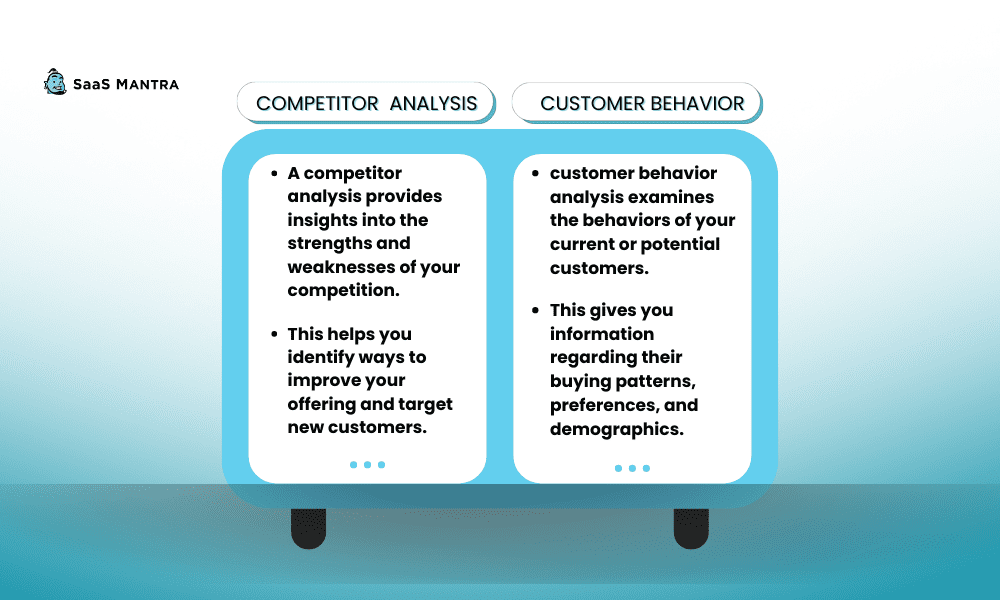
5. Create a Working Prototype
Prototypes allow developers to test their ideas and validate them before investing time or resources into building a fully functional application.
They also enable customers to see the final product and provide feedback.
When building a startup, you might want to create a functioning prototype to show potential investors or customers.
The question is whether investing time and resources into creating a functional prototype makes sense.
While prototypes are useful tools for testing ideas, they aren’t always necessary. Creating a functional prototype isn’t always worth the effort. There are several reasons why prototyping a project may be unnecessary, such as:
🔹 If you have done enough research and testing, then you already know how to build something similar to what you plan to sell.
🔹 Your idea is unique and no other company has created anything similar.
Final Thoughts on SaaS Product
A successful SaaS product is not only useful, it has to be easy to use, affordable and accessible. In other words, it should meet user expectations.
Hence, successful SaaS product development requires a deep understanding of customer requirements and a clear vision of the benefits offered by the solution.
Most of all, I discovered that in order to succeed with a product you must truly get to know your customers and build something for them.
– Marc Benioff
The success of SaaS product lies in its ability to identifying customer pain points, defining user personas, creating value prepositions, and developing features that solve all these problems.
